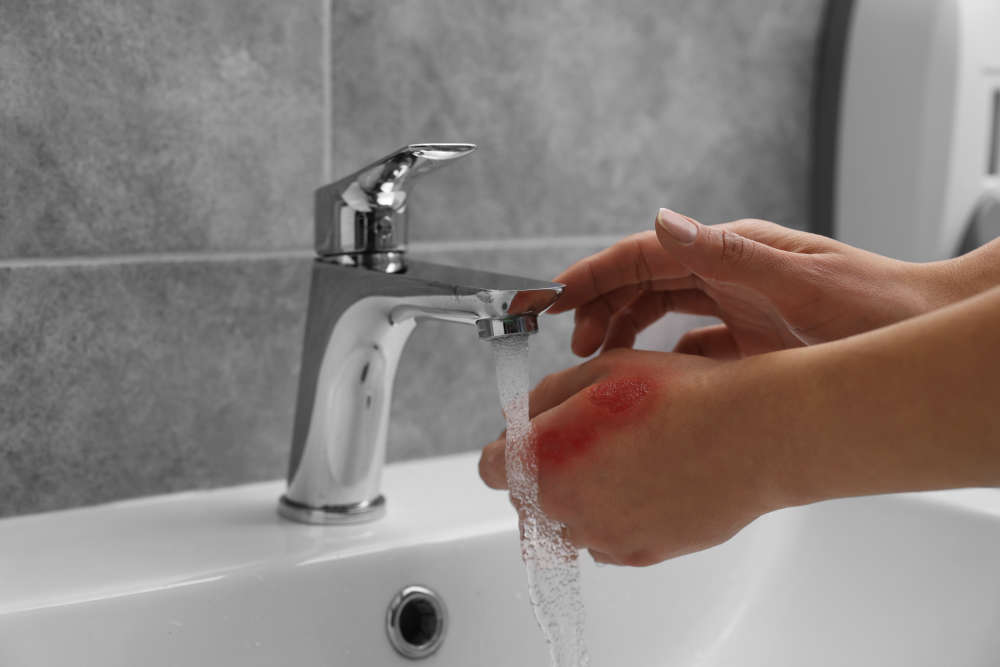
When is the last time you checked your hot water bottle? Kristina Stiles, Nurse and Ambassador for Children’s Burns Trust, explains why simple safety checks can be life-savers...
Did you know that one person a day is admitted to the UK burn service due to burns and scalds sustained while filling or using hot water bottles?
Most of us will have a hot water bottle that had served our household for many years – soothing our aches and pains, giving us comfort, and being an essential part of snuggling on a cosy night in. But it was only after I started asking my family, friends and neighbours about theirs that I realised that most of us have hot water bottles that are out of date and are unsafe to use.
Scalds from hot liquids are the most common and are some of the most severe injuries in young children and older adults seen in the specialist burn services. Many burns and scalds are caused because the hot water bottle is not filled, used or cared for properly or the hot water bottle used had perished or was out of date. Rubber deteriorates over time, so old hot water bottles can burst or leak and cause serious burns that may be severe enough to require a skin graft operation.
Brand new insight released today on National Burn Awareness Day 2024 shows an alarming increase in the number of life-altering burn injuries to babies and children involving hot water bottles. New data from the International Burn Injury Database (iBID), shows that burn and scalds to children in the first eight months of 2024 increased by 55% compared with the same period in 2023.
As part of the National Burn Awareness Day, Children’s Burns Trust is issuing an urgent appeal to parents and carers following this worrying increase in hot water bottle burns to children and are sharing some tips on how to avoid burns and help you enjoy your hot water bottle safely!
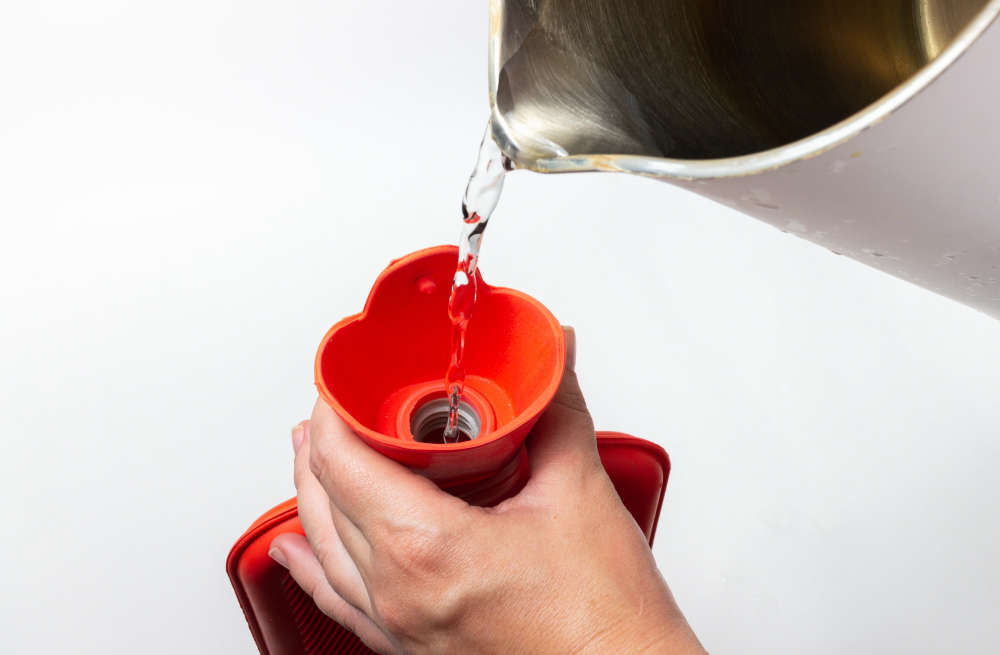
Check for signs of wear and tear:
· Inspect your hot water bottle carefully.
· Look out for cracks, fading, or small holes. Check for leaks by putting cold water in the bottle first.
· Bin it if there are any signs of leaks or if it looks cracked, damaged or brittle.
Keep an eye on the flower symbol which indicates exactly when it was made:
· All hot water bottles have a daisy-like flower symbol either on the inside or outside of the neck, or on the body of the hot water bottle. Look for it!
· The number in the centre of the daisy wheel is the year, 12 petals represent the months, and dots within petals represent the week that the bottle was manufactured. This lets you know if it is more than 2 years old and should be replaced.
· The rubber will naturally deteriorate over 2 years of usage and storage, so replace your hot water bottle every 2 years.
· Avoid buying a second-hand hot water bottle or one that has been produced over 2 years ago, as how a hot water bottle is stored will affect its rate of deterioration.
· If you have teens or aging members of the family, remember to check on their hot water bottles too!
Never fill a hot water bottle with boiling water:
· Use cooled boiled water from the kettle to fill the hot water bottle. Let the boiled water cool for about 5 mins before filling.
· Fill to a maximum of two thirds full.
· Carefully let out the air from the bottle, holding the neck away from you as you do it, before putting the stopper on.
· Make sure the stopper is screwed on tightly.
Use your hot water bottle safely:
· Never put a hot water bottle in your baby’s sleep space.
· Use a cover or wrap the hot water bottle in a towel to prevent direct contact with your skin.
· Do not leave the hot water bottle on one part of your body for too long as burns can occur gradually, especially if you have conditions that impair your sensation (like neuropathy or diabetes).
· Avoid laying, resting, sitting, or putting pressure on a hot water bottle as it may cause it to burst.
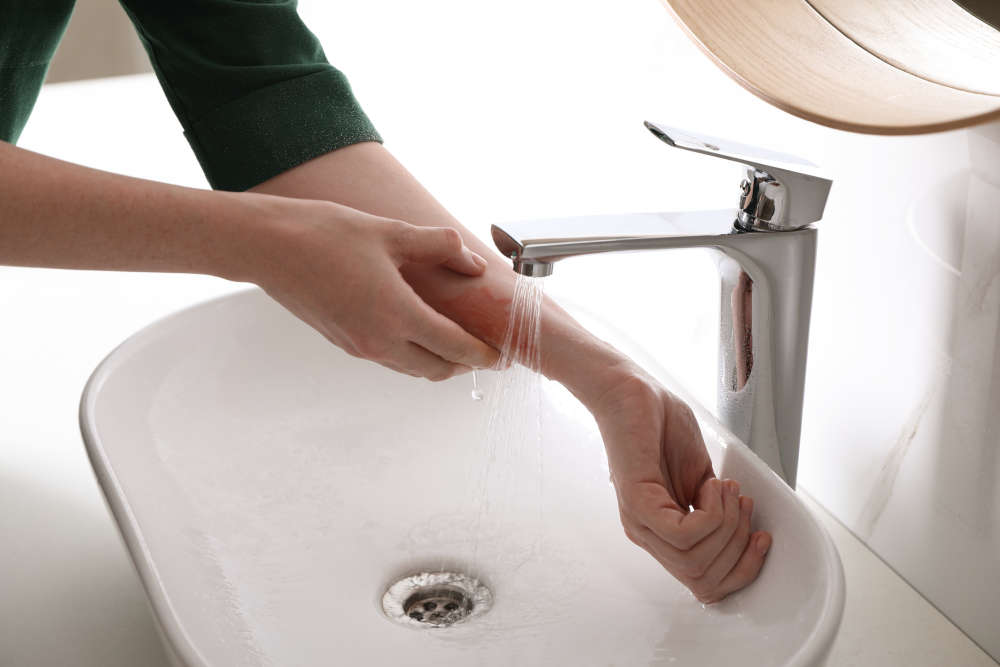
In case of a burn, NHS advises prompt first aid to limit the amount of damage to the skin:
COOL the burn with cool running water for 20 minutes if within 3 hours of burn injury. Remove any clothing, nappies and jewellery near the burn (unless it is melted or firmly stuck to the wound).
CALL for help for any burn larger than a 50p coin: NHS 111 or local GP for advice, or in an emergency dial 999.
COVER the cooled burn with loose clingfilm or a clean, non-fluffy dressing or cloth. Make sure to keep the injured person warm.
As the energy prices continue to rise, we are all trying to avoid turning up the thermostat and instead look for alternative ways to keep warm in the house. But before you reach for your trusty hot water bottle, can you honestly say – when is the last time you checked that it is still up to the job?
For more information and advice you can find some handy resources below:
Link to CBT HWB advice: Hot Water Bottles - Children's Burns Trust (cbtrust.org.uk)
Link to NHS guidance on burns and scalds: Burns and scalds - Treatment - NHS (www.nhs.uk)
Link to CBT article on HWB: Hot Water Bottles - Children's Burns Trust (cbtrust.org.uk)
Link to National Burn Awareness Day: https://cbtrust.org.uk/get-informed/campaigns/national-burn-awareness-day/

 Fashion: 5 Trends for 2025
Fashion: 5 Trends for 2025
 Money Matters: £5 Per Day to Jet Away
Money Matters: £5 Per Day to Jet Away
 Be Well, Move Happy: Spa Therapies and Strength Training
Be Well, Move Happy: Spa Therapies and Strength Training
 Home Style: Honouring the Past
Home Style: Honouring the Past
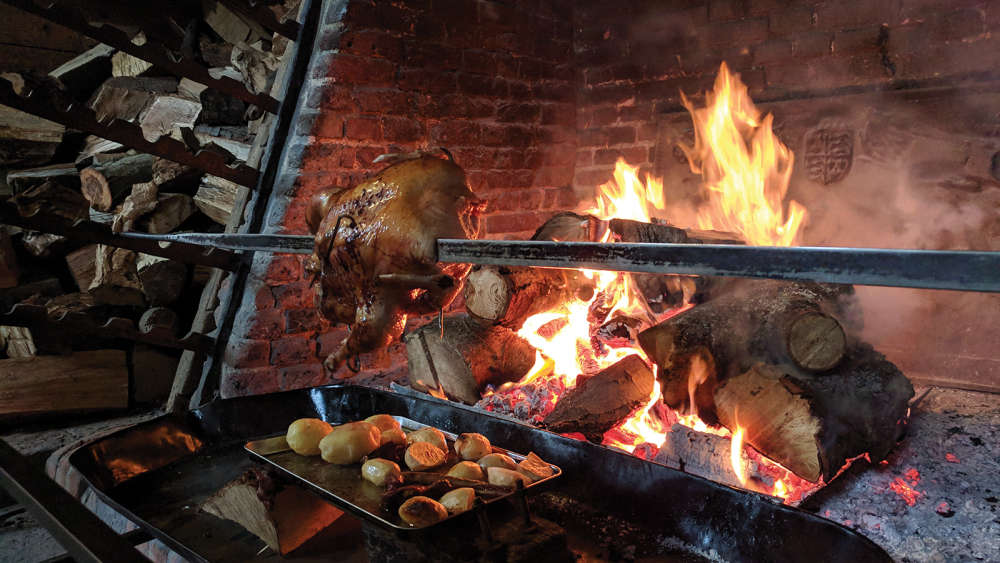 Festive Feasts of Yore!
Festive Feasts of Yore!
 Home Style: Celebrating in Style
Home Style: Celebrating in Style
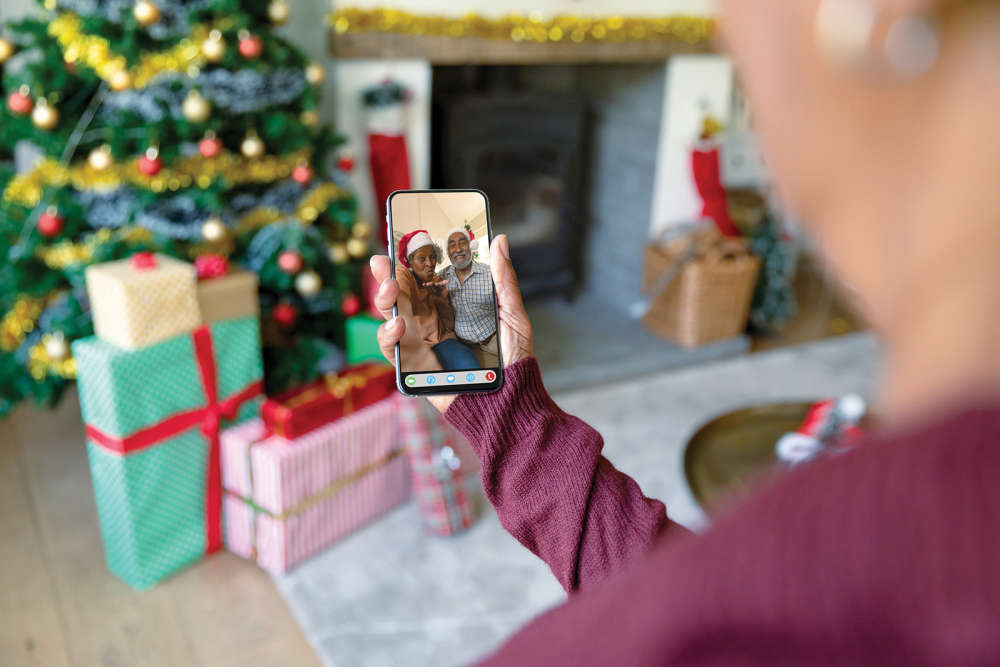 Lonely This Christmas
Lonely This Christmas
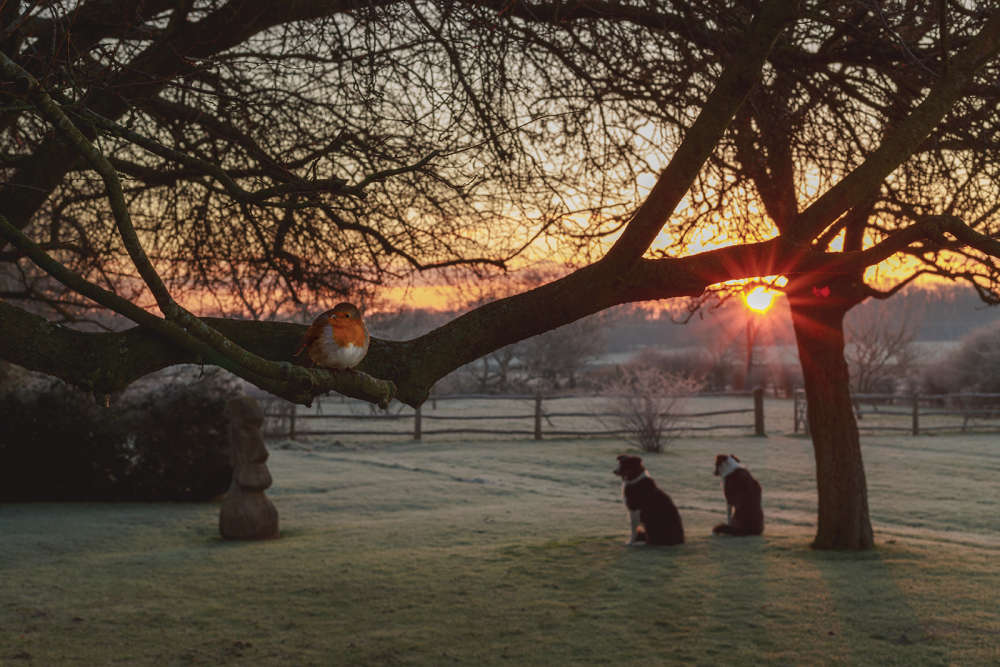 A Gardener’s Best Friend: The Story of Bob the Robin
A Gardener’s Best Friend: The Story of Bob the Robin
 Spotlight Events: December 2024
Spotlight Events: December 2024
 What to Watch in December 2024
What to Watch in December 2024
 Christmas Travel Breaks: Ideas for a Festive Getaway
Christmas Travel Breaks: Ideas for a Festive Getaway
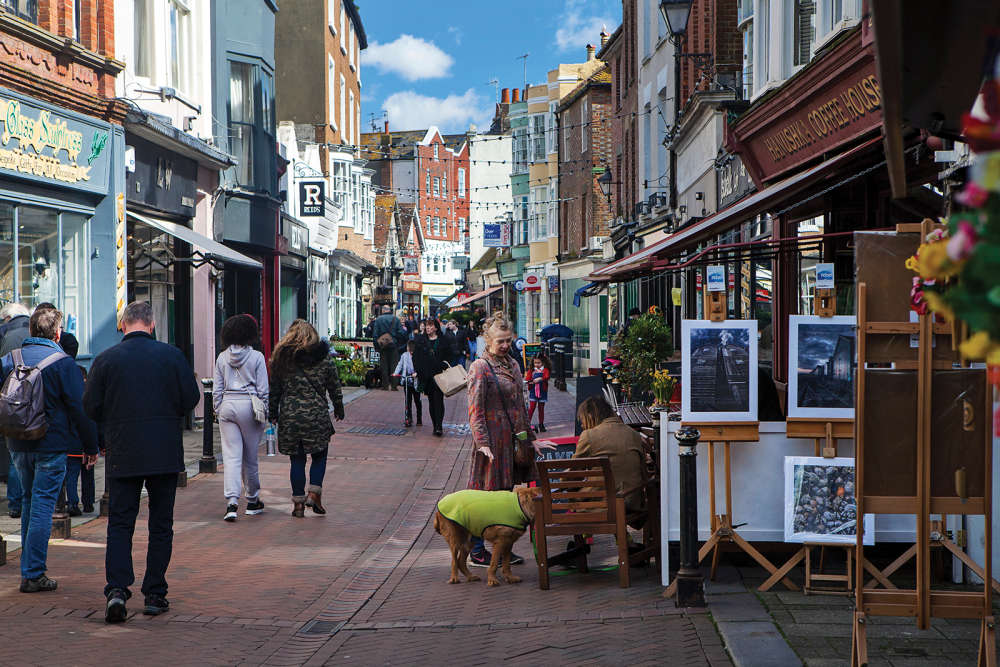 Hastings Old Town: Ancient Streets Filled with History
Hastings Old Town: Ancient Streets Filled with History
 Christmas: Are You Prepared to Party?
Christmas: Are You Prepared to Party?
 If You Ask Me: Rock 'n' Roll is Dead
If You Ask Me: Rock 'n' Roll is Dead
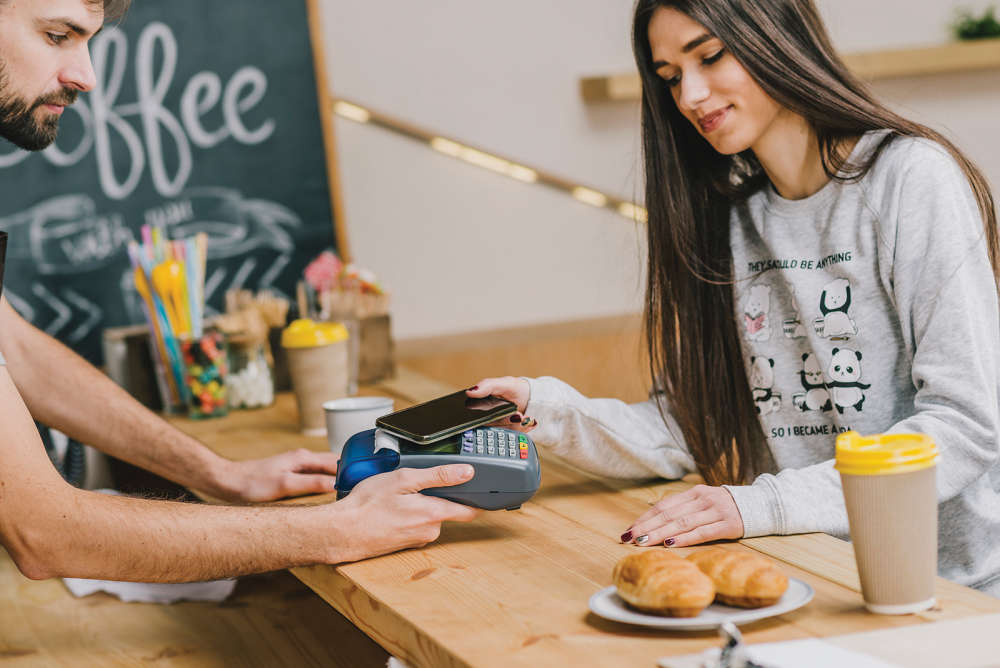 Money Matters: Cash...Less?
Money Matters: Cash...Less?
 Eco-Friendly Travel
Eco-Friendly Travel
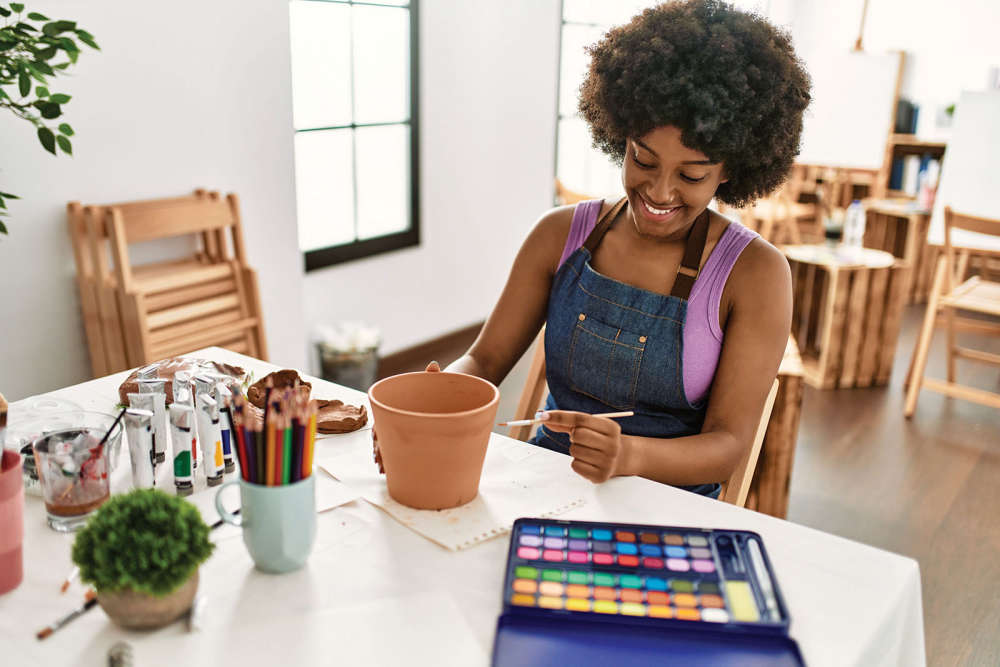 Be Well, Move Happy: Crafting and 'Playouts'
Be Well, Move Happy: Crafting and 'Playouts'
 Home Style: A Scandi Winter's Tale
Home Style: A Scandi Winter's Tale
 Homes Extra: Restore, Repair, Recycle
Homes Extra: Restore, Repair, Recycle
 Get Sustainable and Save Money!
Get Sustainable and Save Money!